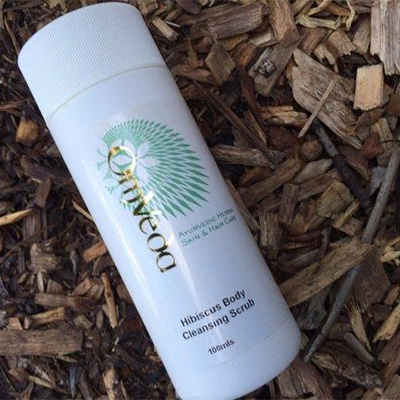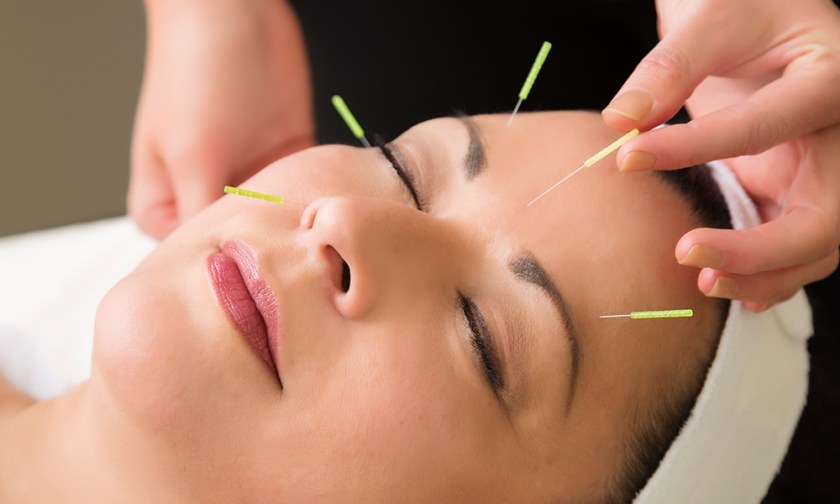Emotions not only show in our facial expressions–they seep into our skin…We can “age 10 years overnight” after a great loss, and we often attribute adult acne to stress.
But why does grief manifest itself as wrinkles? And stress show itself as spots?
According to Traditional Chinese Medicine, our vital organs hold the answer. Namely, the impact our emotional upsets have on our lungs, and liver.
“We relate anger to the liver, worry to the spleen, fear to the kidneys, grief to the lungs, and joy to the heart,” explains Zhang Yifang, Associate Professor of TCM at Najing University. “Skin issues can usually be traced back to one or two organs, and to treat the issue, you should treat the organs first.”
If we understand how each organ affects our appearance, we can follow the ‘heart’ of skin concerns, and do more than scratch the surface. We can approach healing, holistically.
Acupuncture is a common treatment method in TCM: “It works to unblock the channel, and get the vital energy flowing again,” explains David Suh, practitioner, and lecturer at Sydney Institute of Traditional Chinese Medicine.
A consultation with a registered TCM practitioner is vital for a proper diagnosis, but in the meantime, here are some DIY tips to try, based on TCM theory for those suffering from grief, or stress:
1. An Air Of Sadness

“Deep sadness consumes the lungs’ energy,” says Yifang, “leading to shortness of breath, and other ailments affecting our ability to breathe, such as asthma or bronchitis. If our breathing is affected, it shows on our skin.”
In Traditional Chinese Medicine, inhaling oxygen creates ‘Qi’ (pronounced ‘Chi’)— the energy found in everything seen, felt or experienced. Qi nourishes our skin and prevents premature ageing.
It makes sense. The lungs regulate our respiratory system, and control the opening and closing of our pores. If our skin’s ability to breathe is impaired, it may dry out and loose elasticity
A lingering respiratory illness could indicate depression. Likewise, if signs of ageing such as ‘frown lines’ suddenly appear, they could serve as evidence of emotional pain.
Preventing and reversing the damage of trauma is in our power, and it starts with unblocking the vital energy in the lungs.
- TCM TIP: An Apple A Day

“People short of breath are easily cold, or spontaneously sweat. They need to absorb the vitamins from neutral and warm fruits such as apples.” Yifang advises “They should also eat food that tonify the lungs’ Qi energy, such as soybeans, and seeds.”
- TCM TIP: Between The Eyes

“Locate the correct self-acupressure point for quieting the spirit, recommends Yifang. “Press your thumb on the midline between your eyebrows, rotate clockwise for 25 circles, then counterclockwise for 25 circles. End with wiping 5 times to relax.”
2. Frazzle Face

Adult acne troubles more than 50% of Australian women over the age of 25.
While recent medical studies found a link between increased stress and an increase in oil producing hormones, there’s no scientific answer as to why this happens.
Anger is the emotion normally associated with the liver in TCM, but according to David Suh, stress affects it in the same way. “Stress can cause the Qi in the liver to become blocked, which can lead to hormonal imbalances for women,” he says.
“It’s normal for the liver to struggle to distribute Qi around the body just prior to menstruation. The small energy blockages often manifest as a pimples, but stress can aggravate the liver, causing the energy to stagnate indeterminably which causes more severe and stubborn acne to develop,” Explains Yifang.
Thankfully, in TCM, clearing stress acne is within reach, and starts clearing liver Qi.
- TCM TIP: Herbal Refreshment

According to TCM, moderately pungent herbs like basil and rosemary stimulate liver Qi, while honey, used sparingly, harmonises its flow. If the livers’ vital energy is extremely blocked, suffering from both breakouts and indigestion, is likely. Good quality vinegar will benefit both—just hold the chips, as fried food will only exacerbate the problem.
- TCM TIP: Head To Toe

The self-acupressure point for stimulating liver Qi is located on the top of the foot. It’s between the largest and second largest toe, right before the ‘web area.’ Press forefinger onto this point on each foot, and rotate it counter clockwise for 30 circles.




